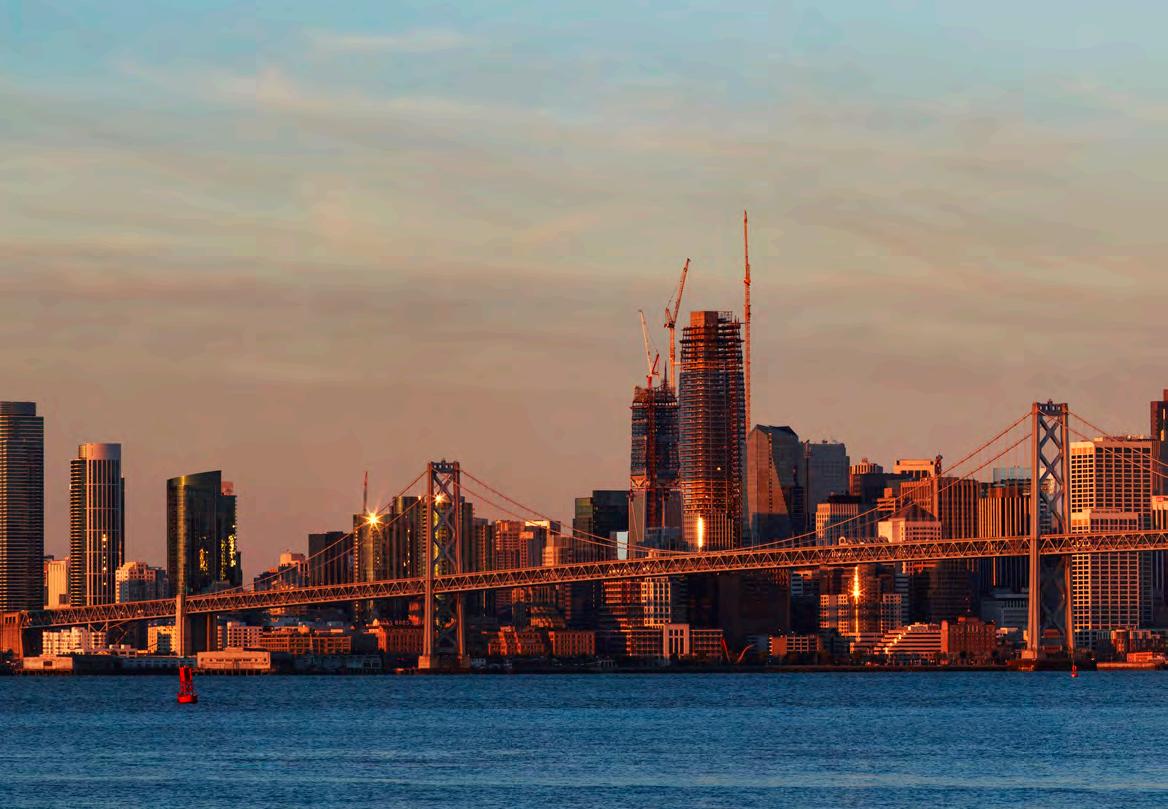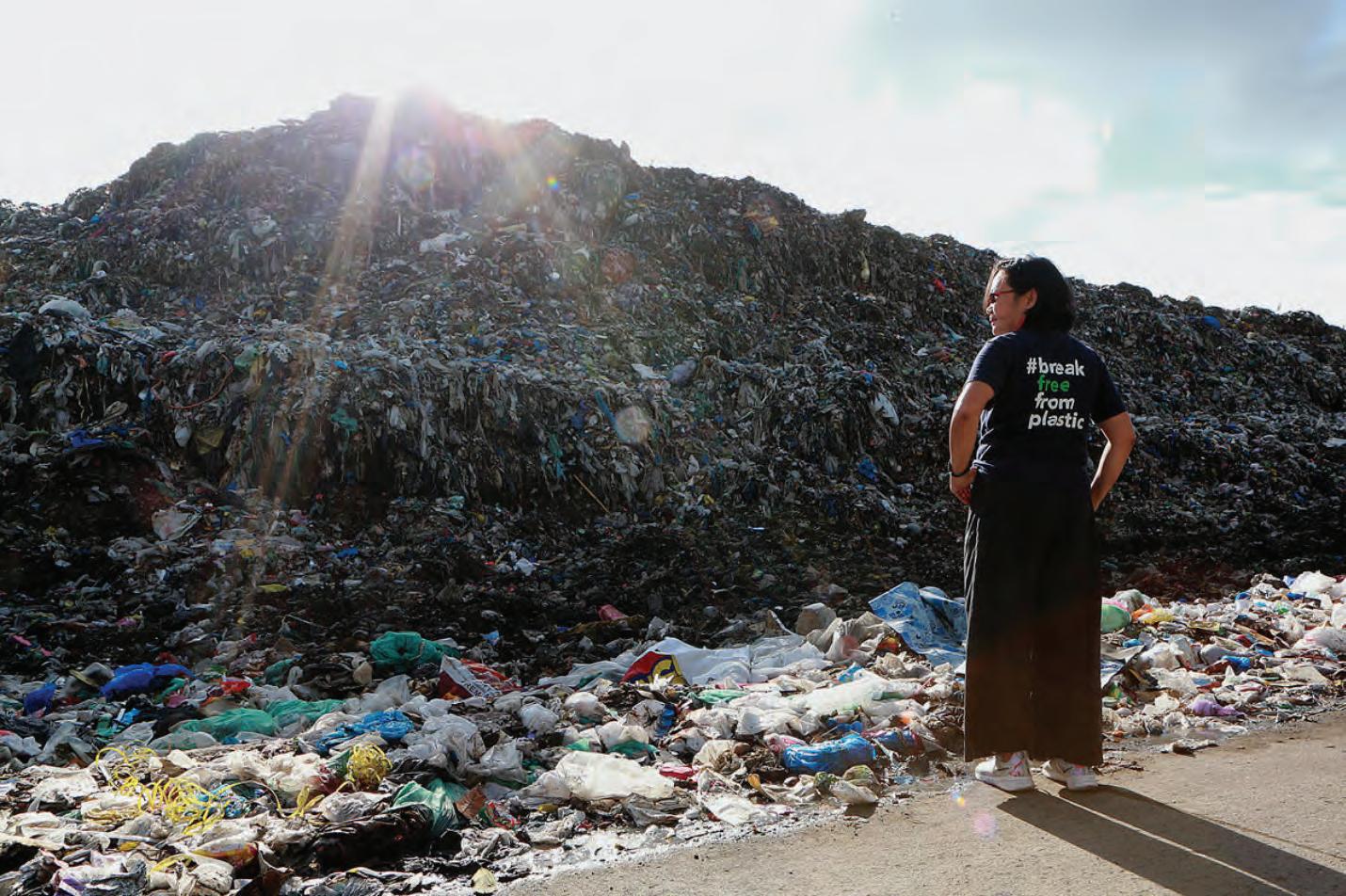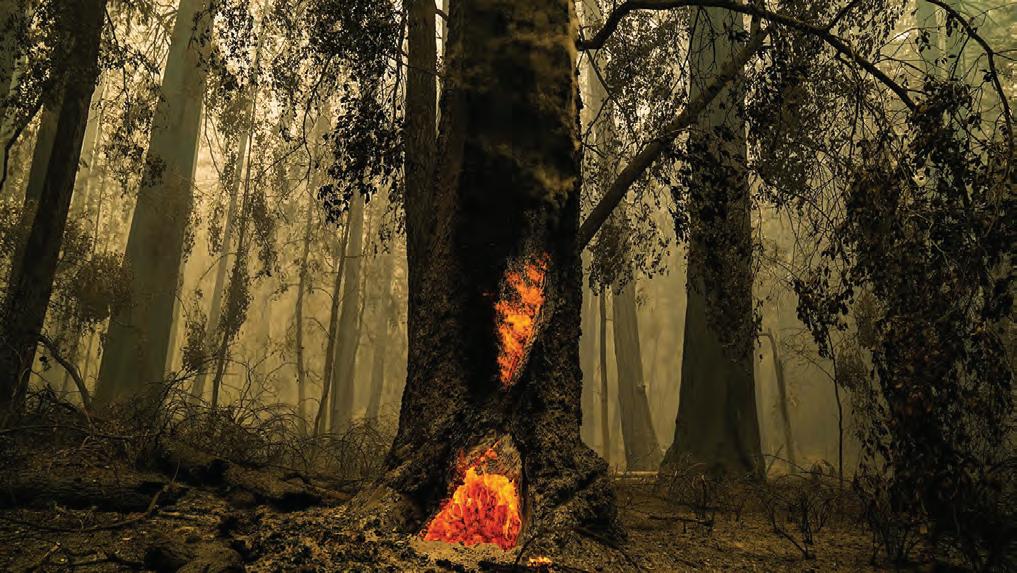Urban Planning for Wildfire Resilience and Mitigation in Paradise, CA AUTHOR: Nolan Force, Antonio Heath, Edward Saloj Abstract With climate change increasing the frequency of weather anomalies, California has suffered many wildfires in recent years. This paper focuses on the 2018 Camp Fire at Paradise, CA, examining the dry conditions that led to California’s deadliest wildfire to date. Analyzing these conditions, taking into account Paradise’s current fire resiliency plans, and comparing Paradise to places of similar wildfire risk, we devise an urban plan to mitigate the potential of future wildfires in Paradise, CA. Given the climate, there are many external factors that the city of Paradise cannot control. Nevertheless, by implementing suggested urban planning guidelines, cities can prevent unnecessary wildfire spread, prepare safe evacuation routes, and increase community safety.
The city of Paradise, California, was devastated in the Camp Fire of 2018 and is still in the process of recovery. The purpose of this project is to propose wildfire resilience rebuilding strategies in Paradise using data from similar regions that have experienced fires. Although the cause of the 2018 Camp Fire was anthropogenic, conditions in Paradise were ripe for combustion, so we will consider the fire to be a true wildfire — as if it had occurred naturally. For the purpose of clarity: we will be assuming that an effort to rebuild Paradise is to be made at all costs.
the Camp Fire to protect against future wildfire events. The second step in formulating our solution will be to find information from regions of the world that have experienced similar wildfire events and have similar wildfire vulnerability. We’ll research what efforts have been made in those places to recover and become more resilient for future catastrophes, and attempt to deduce which strategies are most effective. The third step combines the first two: using the Paradise data and the case studies of other locations, we will synthesize our findings and come up with a hypothetical plan for the town of Paradise to use in their rebuilding process in order to become more fire-resilient in the future.
Materials and Methods
Results
Due to the nature of our project being based in a location apart from where we’re all living, as well as due to the current pandemic, our only materials will be exclusively online documents, articles, websites, and virtual tools. Our methods of obtaining data will be to research the cited documents to draw conclusions using their data or results.
Before the Camp Fire struck Paradise in 2018, fuels in the area were far more dry than usual, mainly due to the drought that had been affecting the region for years. Figure 2, taken from a Cal Fire report (“Burn Injuries” 4) shows a map of California in 2018 with a drought filter, and Paradise is in a zone where precipitation during the year leading up to the fire was around half of what it normally is. Furthermore, Figure 3 (5), shows the Energy Release Component, or ERC, for the Northern Sierras where Paradise is located during the 2018 calendar year. It shows that the ERC, a measurement of flammability on a scale of 0-100, was at about 75 on the day the Camp Fire started, though the average for that time of year is less than 30; in fact, the ERC that day was a record for the highest flammability of that region in recorded history. The fuels which facilitated rapid spread of the fire along with strong winds consisted mostly of closely-spaced oak timber and oak undercover that had not burned in recorded history (5). Figure 4 shows that Paradise is surrounded by forest on all sides, except for the roads out of the town. During the drought, the flammable material in these forests were drier than average and, as can be seen in Figure 5 (Dillon et al.), were classified as having a high
Introduction
The process of coming up with a resilient reconstruction solution will have three main steps: first, we will compile and filter out relevant information about Paradise before, during, and after the 2018 Camp Fire affected the town. This information will include certain ecological conditions relating to wildfires, such as the presence and humidity of fuels, that were present in Paradise leading up to the fire, as well as measures taken by Paradise before the Camp Fire to address fire resilience. There will also be data about how Paradise was affected, like which areas were affected the worst and why, and how existing fire-prevention measures held up in a real fire event. We will also include any information we find about what Paradise has done or plans to do since 51 Fall 2020 / Perennial












